Australian zoos celebrate multiple births of adorable lion cubs
Two Australian zoos have celebrated some roarsome new arrivals, with the rare birth of a single lion cub at one wildlife park coming after a trio of cubs was born at another one month prior
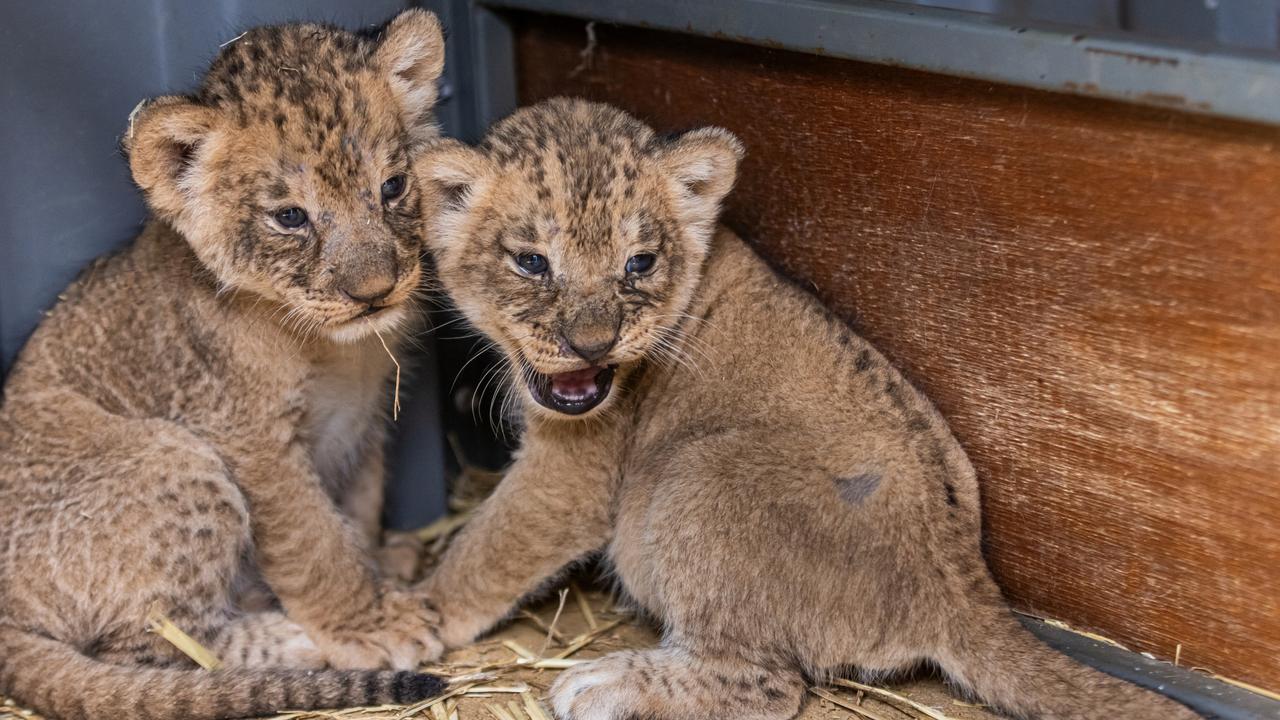
READING LEVEL: GREEN
A single lion cub has been born at Werribee Open Range Zoo in Victoria for the first time in the zoo’s 41 year history.
The healthy cub was born on the evening of March 23, following a three-and-a-half-month pregnancy to first-time, seven-year-old mother Asali and eight-year-old male Sheru.
While lion litters can range from one to six cubs, between two and four is the most common number.
Werribee Open Range Zoo African River Trail keeper Kieralie Braasch said the birth was incredibly exciting and the precious cub was already hitting very impressive milestones.
“The cub appears to be embracing its solo life without sibling competition, as it is thriving in both size and development,” Ms Braasch said. “Cubs are usually born with their eyes closed for three days and don’t take their first steps for 15 days; however, this cub amazingly had its eyes open at the three-hour mark and was on the move after just 15 hours.”
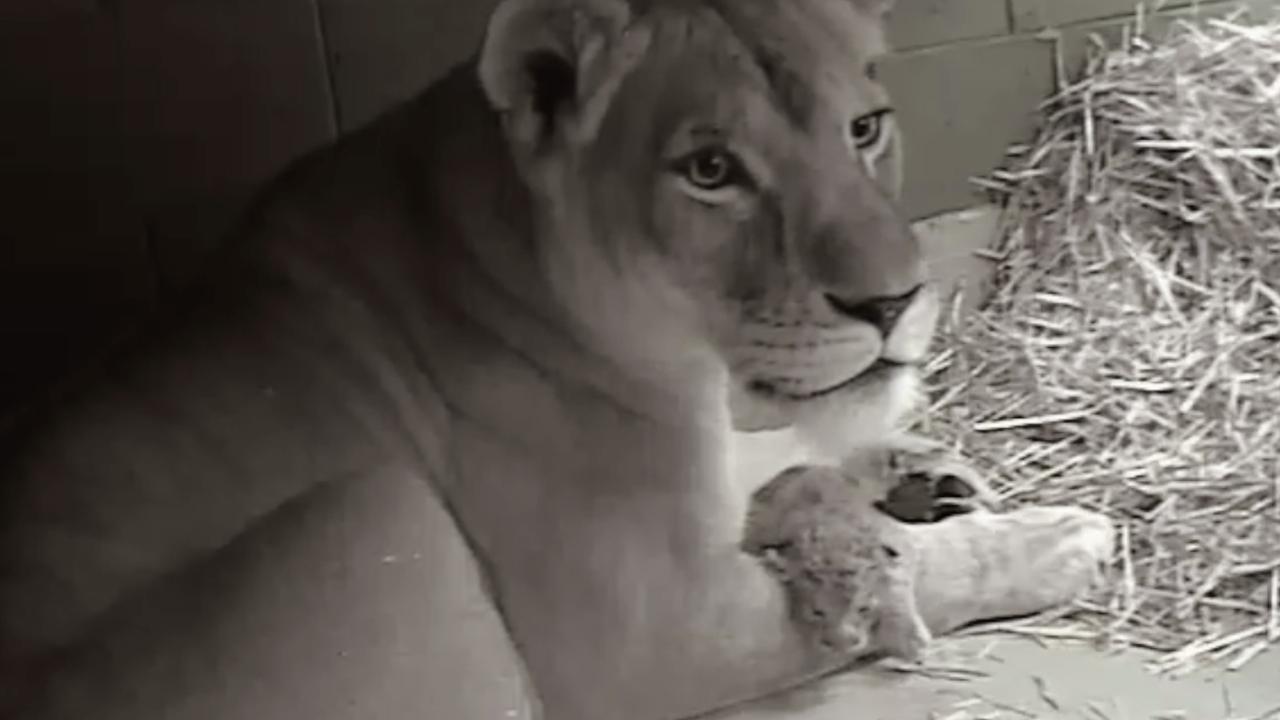
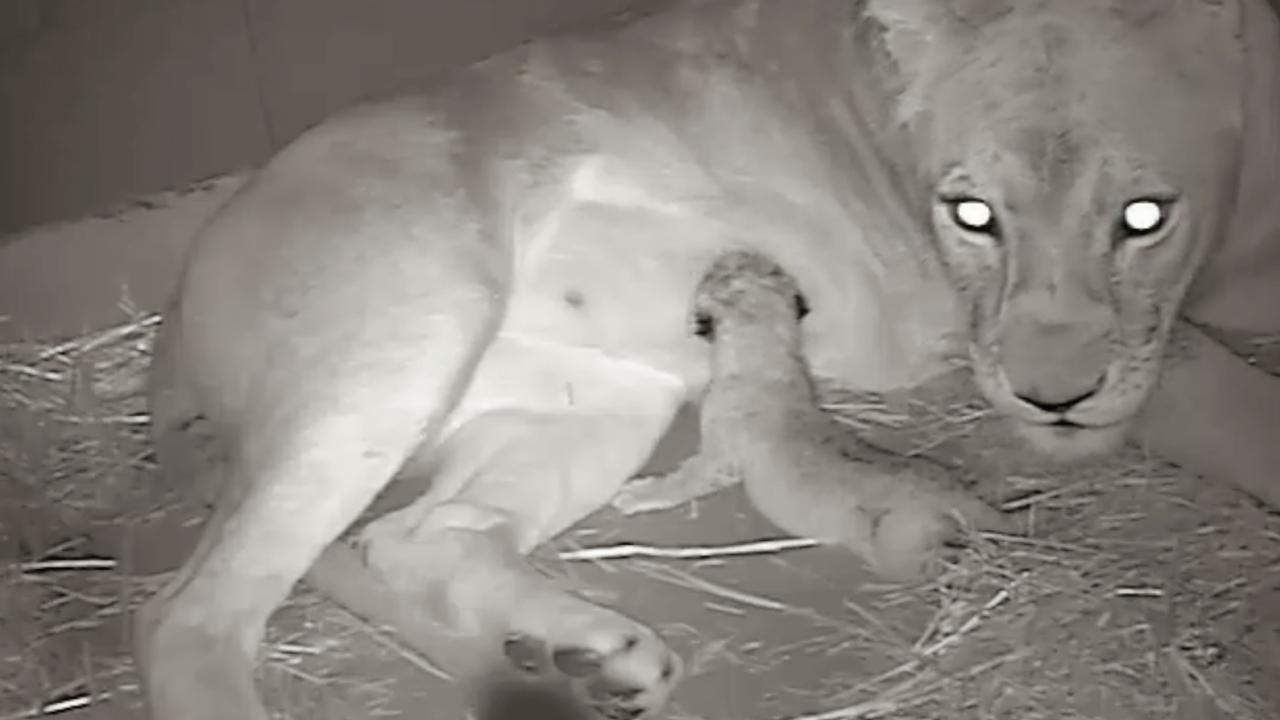
The exciting news comes just one month after a trio of lion cubs were born north of the border at Taronga Western Plains Zoo in Dubbo, NSW.
Lioness Marion gave birth to the three cubs on Friday 21 February 2025, her third litter with the zoo’s breeding male, Lwazi.
Senior lion keeper Mel Friedman said Marion gave birth to all three cubs without any help from the keepers, despite the first cub being born breech*.
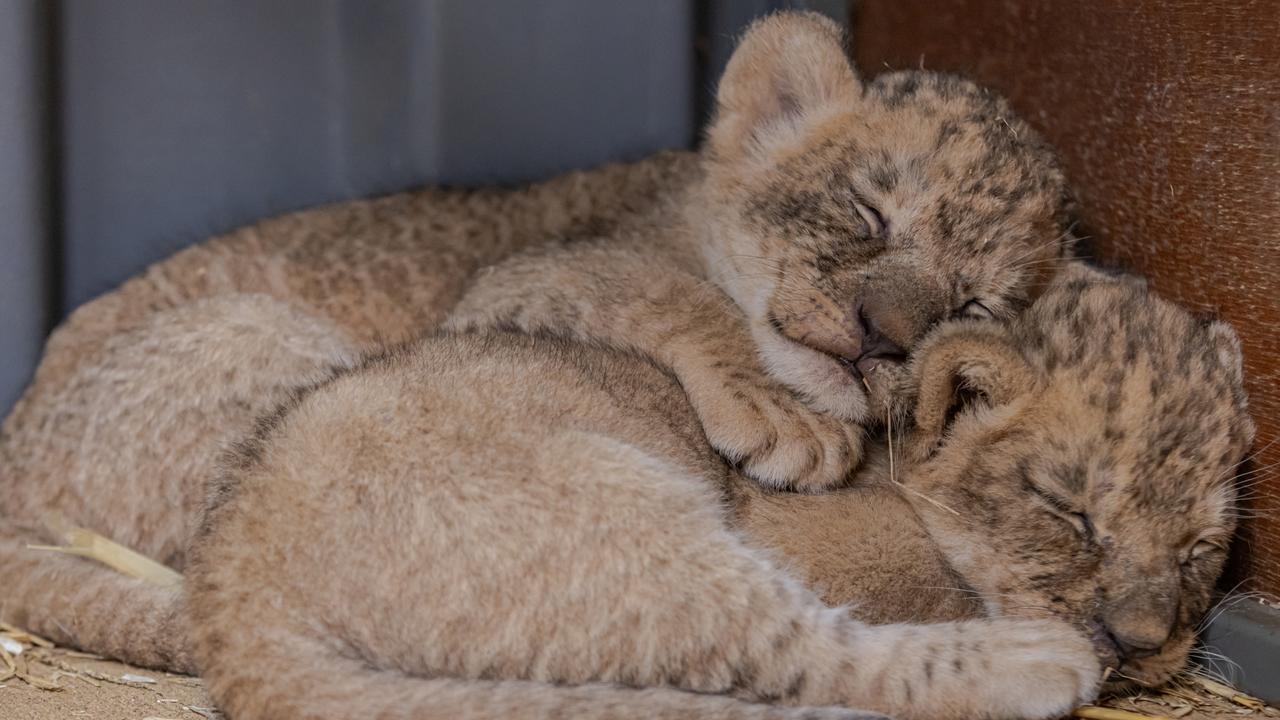
“She gave birth to one boy and two girls with four hours between each birth, so it was a very long day for all of us keepers, but most importantly, for Marion!” Ms Friedman said.
“She’s a brilliant mum, and like a duck to water, she took care of the cubs from day dot and they’re hitting all their milestones.
“They’re about five weeks old now and almost at the five-kilogram mark, so they’re doing really well, even starting to explore around their den area.”
The newborns will spend their first few months of life behind the scenes, receiving health checks and vaccinations before Marion introduces them to the world outside the den. This will include meeting their dad, Lwazi, and older siblings Amali, Imani and Mara – born in April 2022, and Bahati, Jabari and Zawadi – born in October 2023.
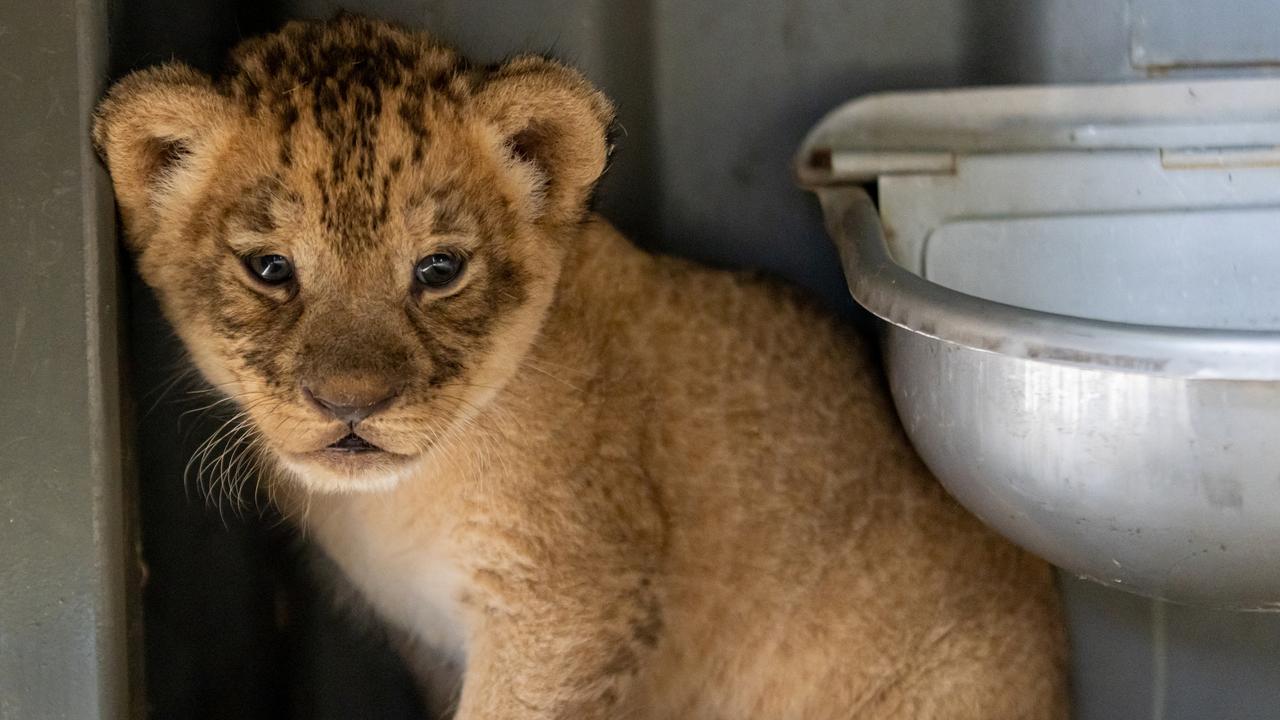
“We need the cubs to be a little bit bigger before they start meeting their older siblings, because they will play rough with them,” Ms Friedman said.
“The three-year-old girls have met cubs before, but the 17-month-old cubs haven’t seen lions smaller than them, so it will be a slow and steady process.”
Each day, keepers give Marion the opportunity to join the rest of her family on exhibit* for a short period, before returning to her cubs.

“This ensures that her bonds with the pride remain strong, but it also gives keepers an opportunity to go into the den with the cubs,” Ms Friedman said.
“This is good for their development, because they can get used to us, and when the time comes for vaccinations and microchipping, it’s a less stressful event for them.
“It also builds the rapport* we will need to work with them as they get older.”
It is expected the cubs will make their public debut* by winter. In the meantime, guests can see African Lion Lwazi and his six eldest children at Lion Pride Lands at Taronga Western Plains Zoo.
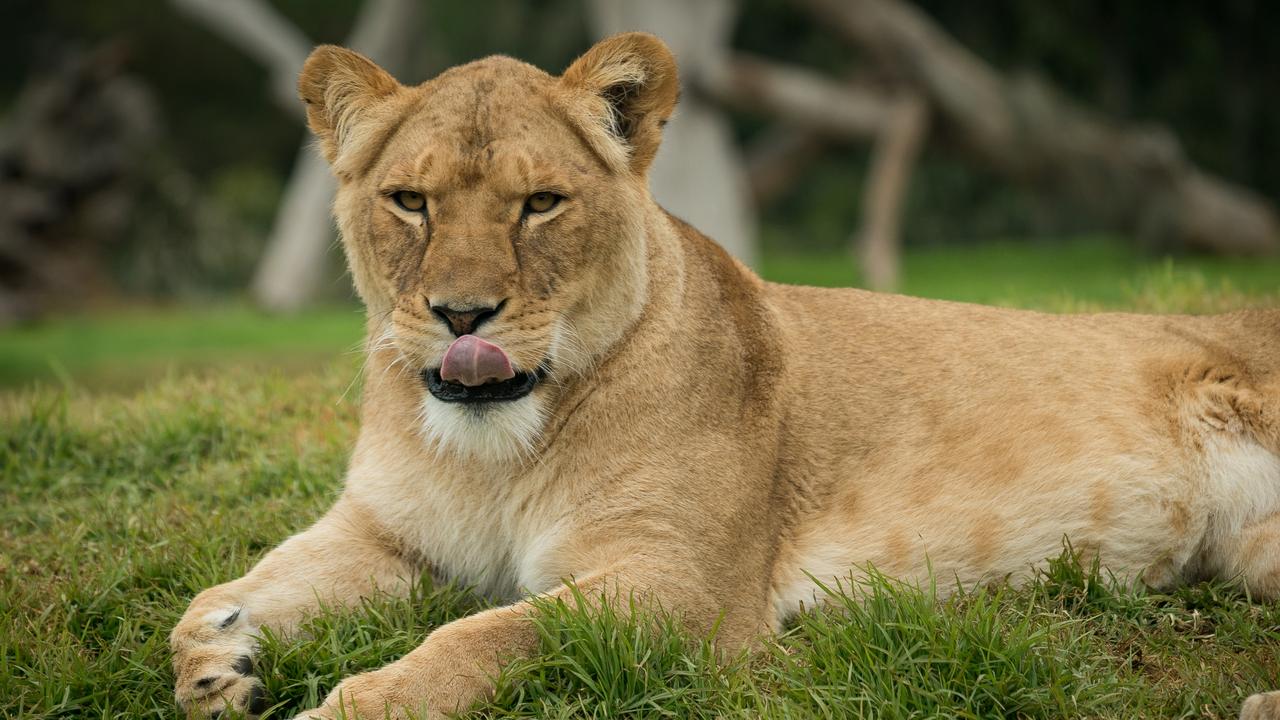
WATCH THE VIDEO
LIONS UNDER THREAT
The birth of lion cubs in captivity is a happy occasion for a species in decline. Despite its reputation as a fearsome hunter, the lion has been facing serious threats in recent years. According to global environmental charity WWF, African lion numbers are estimated to have declined by 40 per cent over the past three generations because of the destruction of habitat and food sources, pre-emptive or retaliatory* killing by humans, climate change and the illegal wildlife trade.
There are thought to be just 23,000 lions left in the wild – which is not that many compared to the 415,000 wild elephants still thought to be roaming the planet.
Here are some interesting facts about the ferocious felines as provided by WWF.
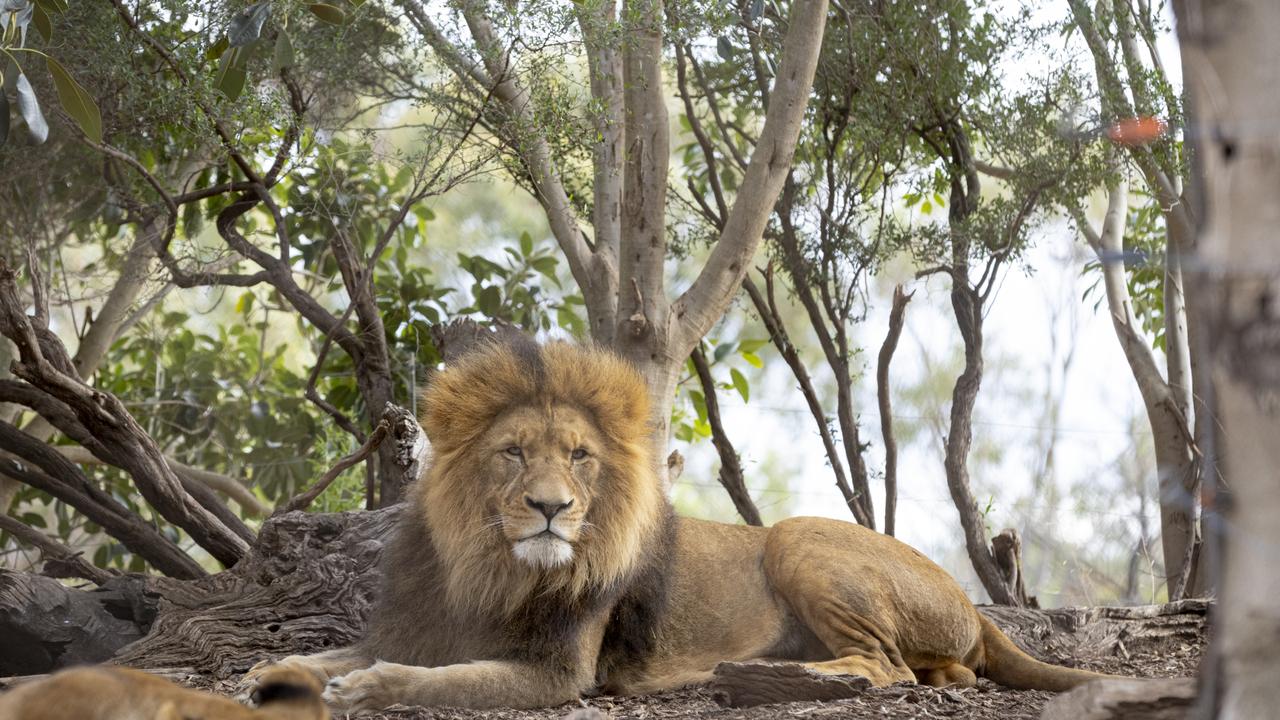
1. There are two types of lions – while most lions live in Africa, there are also a smaller population of lions that live around the Gir Forest National Park in western India called Asiatic lion
2. Young lions are spotty – cubs often have faint rosettes and spots on their coats that fade away as they get older
3. Not all lions have manes – while many male lions have impressive manes, not all males do. Male lions often don’t have manes in places like Kenya’s Tsavo National Park, which could be because of the climate since manes tend to reduce heat loss
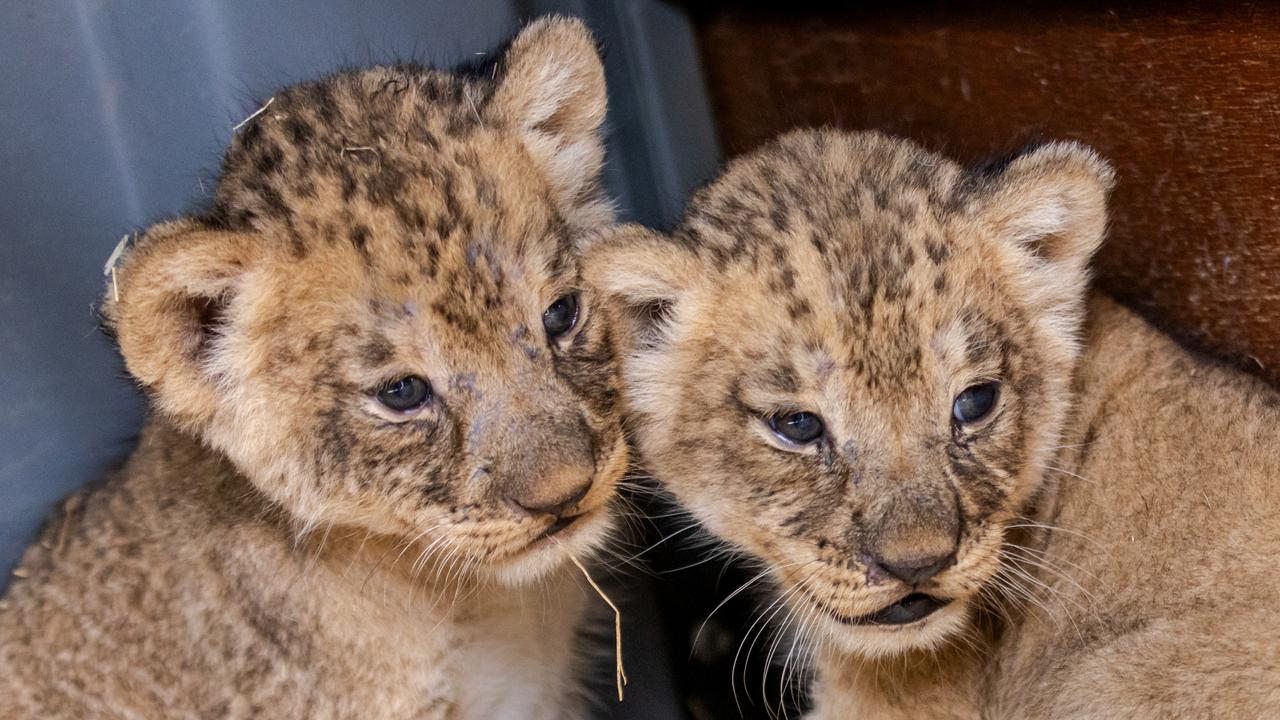
4. Lion cubs are reared together – a pride of lions is usually made up of related females and their cubs as well as one or two male lions that defend the group from outsiders. The mums work together to rear their young and the cubs can suckle from any of the females bearing milk
5. Lions hunt during storms – usually hunting during the night, lions also seem to enjoy hunting during thunderstorms where the noise, rain and wind make it harder for prey to see and hear them coming
POLL
GLOSSARY
- breech: when the baby is in the wrong position to be born, and the bottom or legs come out first instead of the head
- exhibit: on show to zoo visitors
- rapport: relationship and connection
- public debut: be showed to the public for the first time
- retaliatory: getting back at someone or revenge
EXTRA READING
‘Awkward teenage phase’ before lions’ mane event
Mogo Wildlife Park welcomes twin lion cubs
Lion cubs make their zoo debut
QUICK QUIZ
1. How many lion cubs are most commonly born in a litter?
2. How many times has a single cub been born to a lion at Werribee Open Range Zoo?
3. How many brothers and sisters do the new cubs at Taronga Western Plains Zoo have?
4. What is the name of their mother?
5. How many lions are thought to be left in the wild?
LISTEN TO THIS STORY
CLASSROOM ACTIVITIES
1. Name the cub
Can you think of a really great name for the newborn cub? Choose a name and write sentences explaining your choice. Use information from the story to inspire you.
Time: allow at least 15 minutes to complete this activity
Curriculum Links: English
2. Extension
What steps do you think the zookeepers would have to take to safely introduce new cubs to their older siblings? Write a step by step procedure for this.
Time: allow at least 25 minutes to complete this activity
Curriculum Links: English, Science
VCOP ACTIVITY
Imaginative dialogue
Imagine you were there during the event being discussed in the article, or for the interview.
Create a conversation between two characters from the article – you may need or want to include yourself as one of the characters. Don’t forget to try to use facts and details from the article to help make your dialogue as realistic as possible.
Go through your writing and highlight any punctuation you have used in green. Make sure you carefully check the punctuation used for the dialogue and ensure you have opened and closed the speaking in the correct places.

